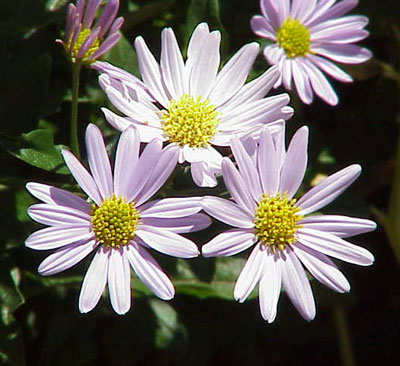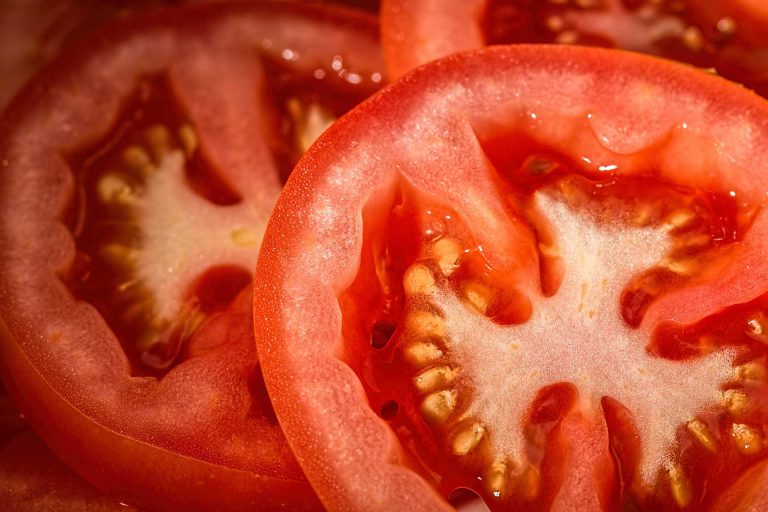Asters – The Tears of Greek Goddess Asterea
Scientific Classification
| Kingdom: | Plantae |
| (unranked): | Angiosperms |
| (unranked): | Eudicots |
| (unranked): | Asterids |
| Order: | Asterales |
| Family: | Asteraceae |
| Tribe: | Astereae |
| Genus: | AsterL |
| Type species: | Aster amellusL |
Aster is a kind of flowering plant belonging to the family of Asteraceae. Its demarcation is lessened. Most of its 180 species except one , grow in Eurasia. Most of the varieties previously belonging to the Aster family are presently in the other aster genus of the Astereae family. Aster derived its name from the Ancient Greek word (aster) “star”, resembling the form of the flower head. In ancient Greece, many considered it as a lucky charm endowed with mystical powers to repel the negative effects brought upon by evil serpents . Another myth tells the story of a Greek Goddess Asterea who despaired the absence of stars in the earth, and asters grew where her tears fell.
Anatomy

Photo by: Kurt Stüber
Flowering perennially and annually, Asters serve multiple uses from beautiful garden borders to excellent floral arrangements, even rock gardens and wildflower gardens. Like a daisy, asters flowers are elegant, with airy open sprays having a yellow center. They appear in the form of rainbow colors comprising white, red, hot pink, pink lavender, and purple. The vase life extends from 5 to 14 days, based on the type of Aster. The height varies from 8 inches to 8 feet, and you find Asters in most of the gardens.
How to cultivate domestically
Preparation for planting
- As far as climate goes, Asters prefer a cool and humid summer and in particular, a cool night temperature.
- Choose a location where you get total to partial sunlight.
- Go for an average to humus-rich and moist soil that drains quickly.
- Plant your asters at the commencement to the middle of spring. Before you plant, fertilize the soil.
Planting
- Because the plant grows from seeds, the possibilities for uneven germination exist.
- Begin to sow the seeds indoors; in winter, sow them in pots or flat surfaces and refrigerate them for 4 to 6 weeks, then place in pots in sunlight.
- Sow the seeds an inch deep.
- Depending on the kind of seed, space them 1 to 3 feet apart.
- Use a tiller or garden fork and set the garden bed, making the soil loose to a depth of 12 to 15 inches and add a layer of compost to a depth of 2 to 4 inches.
- Create a hole of twice the pot’s diameter in which the plant is in.
- Remove the plant from the container with care and plant it in the hole in such a way that the upper part of the root ball is in level with the surface of the soil.
- Fill soil around the roots with utmost care.
- Thorough watering is essential.
- After planting, add mulch to the soil to remain cool and free from weeds. In case you desire to replant the shoots, use the strong and young shoots, for good growth.
Placement and Watering
Gardeners conceal the faded leaves with proper planning, planting plants around them. Asters prefer a good amount of sunlight and usually grow well in moist and properly-drained soil. Taller plants need support, particularly in barren, windy sites or where you get only partial sunlight. Prior to and during flowering time, water the asters properly, once a week. Take care to water the Asters at the foot of the stems to a depth of 6 inches to ensure the soil is wet. Do not water overhead, for it will wet the foliage.
Flowering Period

Photo by: Karl Wimmi
By nature, Asters bloom for a long period, but with much care, prior to and after the commencement of flowering, you can lengthen the blooming time till the onset of initial frost in fall. Nip off the tips of the asters by 6 to 8 inches before middle of July. This will encourage bushier plants and enhance its blossoming period.
After-Bloom Care
Once flowering is over, remove the withered heads of the flowers to give it a better appearance.
As Cut Flowers
Grow asters either as potted plants, or for cut flowers. The pretty daisy-like many colored flowers have garnered popularity and have generated an excellent demand in the European market.

Photo by: Kurt Stüber

Having discovered a fondness for insects while pursuing her degree in Biology, Randi Jones was quite bugged to know that people usually dismissed these little creatures as “creepy-crawlies”.







